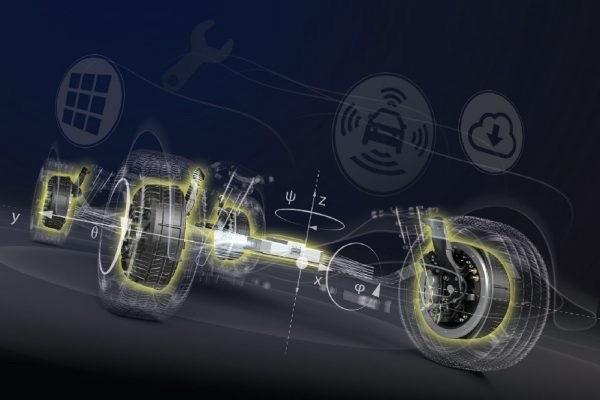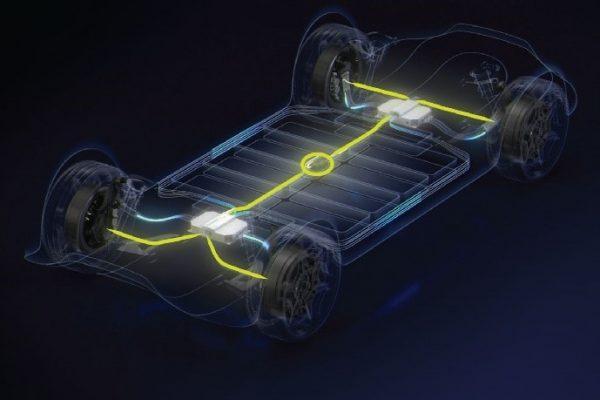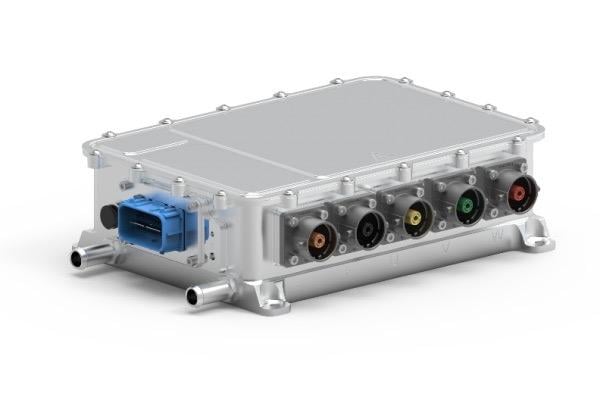

Ben Zachariah
Video: Off-road battle for Beer O’Clock Hill has automakers scrambling
6 Hours Ago

Contributor
McLaren Applied and Elaphe Propulsion Technologies have paired up to offer a highly responsive, in-wheel-motor EV system said to enhance packaging, efficiency and driving dynamics.
McLaren Applied, the engineering and technology arm of British automaker McLaren, takes its lessons from motorsport and automotive endeavours and applies them to various industries.
Partnering with Elaphe, a Slovenian tech company specialising in high-torque in-wheel motors, McLaren Applied is aiming to develop EV performance across the board.
The collaboration will combine McLaren’s IPG5 800V silicon carbide (SiC) inverter with Elaphe’s in-wheel motors, meaning engineers will be able to create more efficient and compact EV systems with improved driving dynamics.

“Our IPG5 800V inverter enables customers to run different switching frequencies. And with variable switching frequencies comes the ability to run higher speed motors that are smaller and lighter,” said McLaren Applied head of electrification Stephen Lambert.
“By combining IPG5 with Elaphe’s high speed in-wheel motors, we’re not only making the EV powertrain more responsive and efficient, we’re making it more cost-effective too.”
Elaphe Propulsion Technologies CTO Gorazd Gotovac added the company was “fully committed to removing all mechanical constraints and making the powertrain software defined… with an efficient and highly responsive powertrain system at the core”.

The EV powertrain solution combining the 3.79L IPG5 SiC inverter and strategically placed in-wheel motors will act as a space saver, with McLaren Applied envisioning the combination as an opportunity to unlock “new possibilities for EV packaging”.
“We believe efficiency and driving dynamics will play an important part in the next waves of electrification,” said Mr Lambert.
McLaren Applied has described the EV industry as entering the ‘third stage’ where efficiency will be prioritised in EV engineering and manufacturing, following the first two stages of early pioneers and mainstream EV breakthroughs.
McLaren Applied is anticipating that its inverter technology will largely adopt its silicon carbide semiconductors, particularly in 800V architectures with longer range.

Tesla was one of the first manufacturers to adopt the SiC inverter, with the Model 3 being the main model on the market today utilising the technology.
Many forthcoming EVs will likely follow suit thanks to the SiC semiconductor being significantly lighter than its silicon insulated predecessor.
McLaren Applied’s next-generation IPG5 weighs only 5.5kg and can power electric motors to more than a 400kW peak output.
Where expert car reviews meet expert car buying – CarExpert gives you trusted advice, personalised service and real savings on your next new car.


Ben Zachariah
6 Hours Ago


CarExpert.com.au
14 Hours Ago


Damion Smy
1 Day Ago


Damion Smy
1 Day Ago


Damion Smy
1 Day Ago


Damion Smy
2 Days Ago